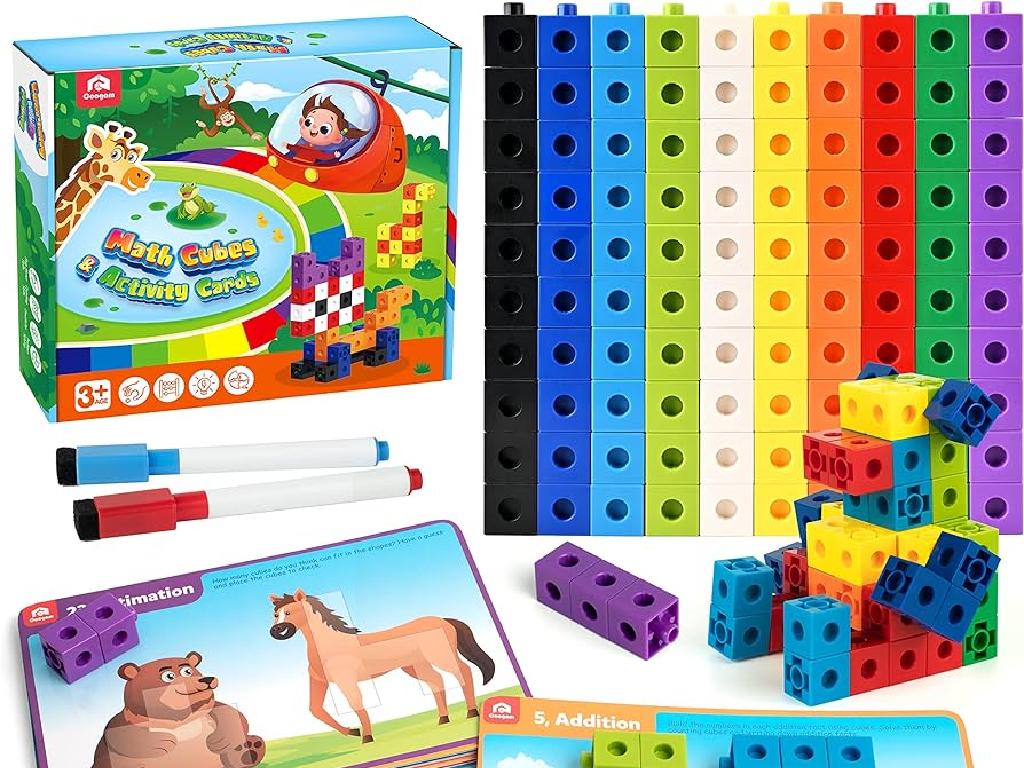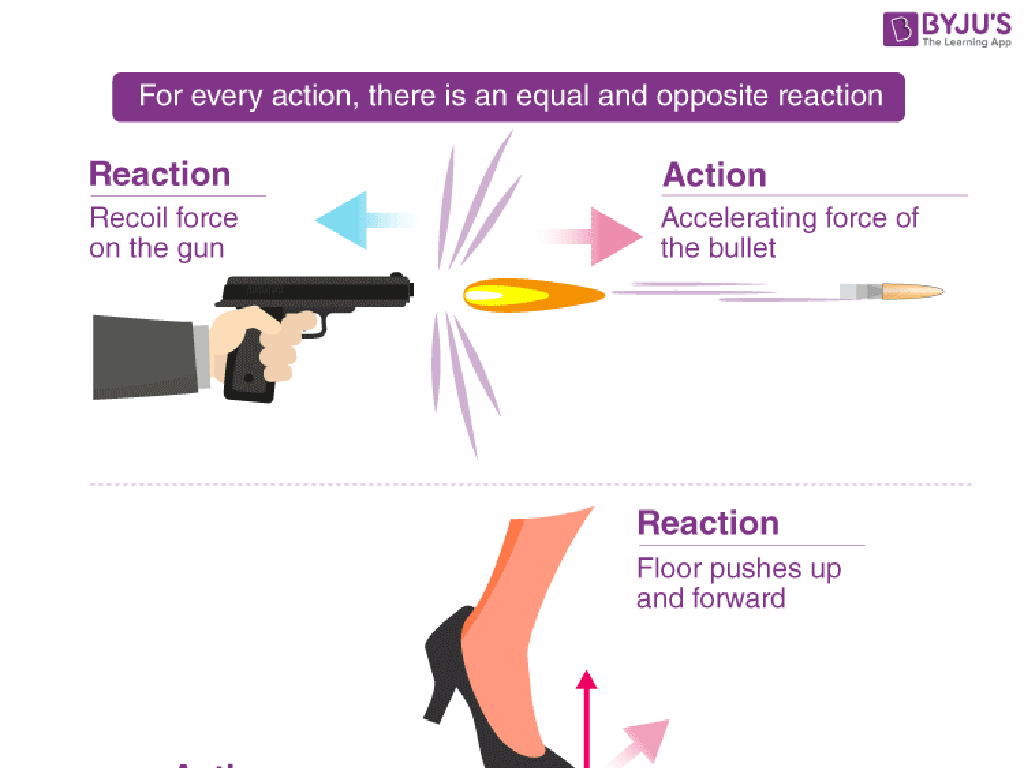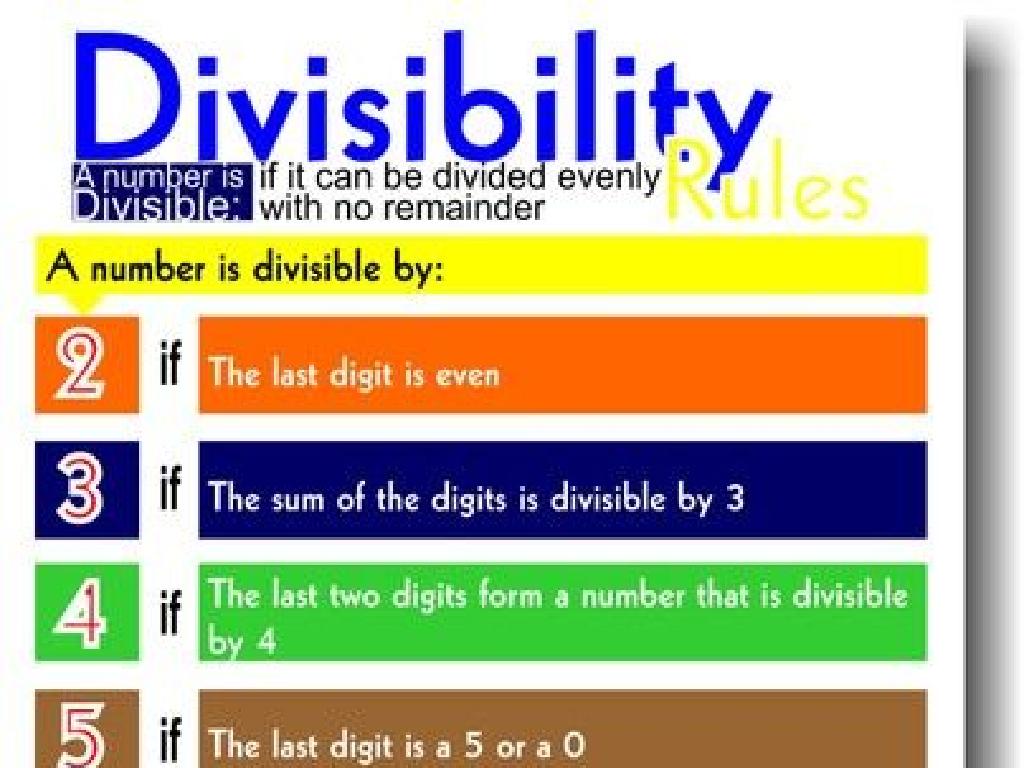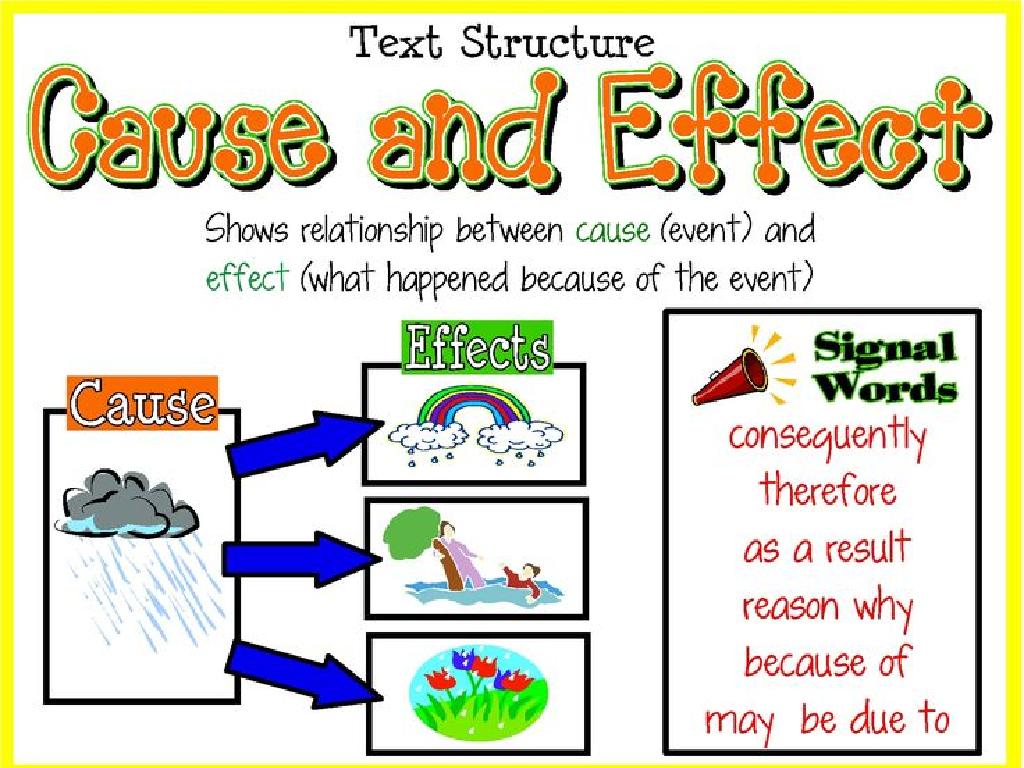Use Academic Vocabulary In Context: Informational
Subject: Language arts
Grade: Sixth grade
Topic: Context Clues
Please LOG IN to download the presentation. Access is available to registered users only.
View More Content
Welcome to Context Clues!
– Grasping context clue power
– Context clues help readers deduce meanings without a dictionary.
– Defining context clues
– Clues in text that hint at word meanings.
– Context clues & academic vocab
– They unlock meanings of challenging academic terms.
– Significance of context clues
– Essential for comprehension and expanding vocabulary.
|
This slide introduces the concept of context clues and their importance in understanding academic vocabulary. Context clues are hints found within a text that can help readers infer the meaning of new or difficult words, which is a crucial skill in academic reading. By using context clues, students can become more independent learners, as they won’t have to rely on a dictionary for every new word they encounter. This skill also aids in comprehension and retention of academic material. Encourage students to look for examples, synonyms, antonyms, and explanations as context clues in texts. Discuss how this strategy can be applied to various subjects across their curriculum to help them understand complex vocabulary.
Types of Context Clues
– Definition/Explanation Clues
– Clues that define or explain the word directly within the sentence.
– Example Clues
– Clues that include examples to help infer the meaning of the word.
– Synonym/Antonym Clues
– Clues that use similar or opposite words to reveal meaning.
– Inference/General Context Clues
– Clues that require piecing together information from the text.
|
This slide introduces students to the different types of context clues they can use to determine the meaning of unfamiliar words in informational texts. Definition clues provide a direct explanation within the sentence or surrounding sentences. Example clues give concrete illustrations that shed light on the word’s meaning. Synonym and antonym clues hinge on understanding words that have similar or opposite meanings to the unfamiliar word. Inference clues demand that students use their critical thinking skills to deduce the word’s meaning from the general context. Encourage students to practice identifying these types of clues in various texts to enhance their vocabulary and comprehension skills.
Using Context Clues: Decoding Words
– Identify context clues in texts
– Look for hints around unfamiliar words that define or explain them.
– Practice with sample sentences
– Use the sentences we’ve studied to find clues about word meanings.
– Strategies to decode new words
– Use definitions, synonyms, antonyms, or examples found near the unknown word.
– Apply strategies in reading
– Try these methods with your own books and see how many new words you can understand!
|
This slide is aimed at teaching students how to use context clues to determine the meaning of unfamiliar words in informational texts. Start by explaining what context clues are and how they can appear as definitions, synonyms, antonyms, or examples within the text. Provide practice opportunities with carefully selected sentences that illustrate different types of context clues. Teach strategies such as looking for signal words or considering the overall topic of the paragraph. Encourage students to apply these strategies in their own reading and to be mindful of context when encountering new vocabulary. The goal is to empower students to become independent readers who can comprehend complex texts by using context clues effectively.
Academic Vocabulary in Context
– Define academic vocabulary
– Specialized language used in academic settings
– Subject-specific vocab examples
– Science: ‘hypothesis’, Math: ‘integer’, English: ‘metaphor’
– Academic vocabulary’s role
– It’s crucial for understanding texts and concepts
– Enhancing comprehension
– Using context clues helps grasp complex academic terms
|
This slide introduces students to the concept of academic vocabulary, which is the specialized language used within academic settings, such as classrooms and textbooks. Provide examples of academic vocabulary from different subjects to illustrate the point. Emphasize the importance of understanding these terms for overall comprehension and success in school. Encourage students to use context clues to determine the meaning of unfamiliar academic words, enhancing their ability to understand and engage with informational texts. As an activity, students could work in groups to identify academic vocabulary in a provided text and use context clues to define them.
Interactive Exercise: Context Clue Hunt
– Engage in ‘Let’s Find the Clues!’ group activity
– Identify context clues within given paragraphs
– Look for words or phrases that give hints about unknown words
– Discuss findings within your group
– Consider how each clue can define or explain the word
– Share your discoveries with the class
|
This interactive group activity is designed to enhance students’ understanding of using context to determine the meaning of unfamiliar words. Provide students with several paragraphs containing challenging vocabulary. Instruct them to work in groups to identify and underline context clues that help define the words. Encourage discussion within the groups to consider different types of context clues such as definitions, synonyms, antonyms, examples, or explanations provided in the text. After the activity, have each group share their findings with the class, discussing how the context clues helped them understand the vocabulary. This will foster collaborative learning and critical thinking. Prepare to offer guidance and clarification as needed.
Applying Academic Vocabulary in Context
– Use new vocabulary in sentences
– Create your own contextual examples
– Think about the meaning and how it fits into a sentence
– Share sentences with classmates
– Exchange papers and give feedback
– Engage in peer review discussions
– Discuss the use of vocabulary and context clues
|
This slide is aimed at reinforcing the students’ understanding of academic vocabulary through practical application. Students are encouraged to create sentences using new vocabulary words, which helps them to grasp the words’ meanings and uses in context. After writing their sentences, they will participate in a peer review by sharing their work with classmates. This activity fosters collaborative learning and critical thinking as students discuss and provide constructive feedback on the use of context clues and word choices. The teacher should facilitate the discussion, ensuring that each student understands the importance of context in determining the meaning of academic vocabulary. This exercise also serves to prepare students for more advanced reading and writing tasks where context is key to comprehension.
Class Activity: Context Clue Challenge
– Pair up for a crossword challenge
– Use today’s academic vocabulary
– Present and explain your answers
– Share how context clues led to your answers
– Reflect on the clues that helped you
– Discuss the sentences that gave hints
|
This activity is designed to reinforce the students’ understanding of using context clues to determine the meaning of academic vocabulary. Students will work in pairs to complete a crossword puzzle that incorporates vocabulary from today’s lesson. After completing the crossword, each pair will present their answers to the class and explain the context clues that helped them solve the puzzle. This will include identifying whether they used synonyms, antonyms, definitions, or examples within the text to understand the words. The teacher should prepare a crossword puzzle in advance and ensure it includes words from the lesson. Possible variations of the activity could include creating their own crossword clues, using the vocabulary in original sentences, or drawing illustrations that represent the words. The goal is to encourage active participation and to provide a platform for students to demonstrate their learning in a fun and interactive way.
Conclusion: The Power of Context Clues
– Recap: Context Clues & Vocabulary
– We reviewed how to use context to understand academic words.
– Importance of Mastering Context Clues
– It helps us comprehend texts better and learn new words.
– Share Your Learnings
– Think about one word you learned and how you figured it out.
– Reflect on Today’s Lesson
– How will you apply these strategies in your reading?
|
As we wrap up today’s lesson, let’s revisit the importance of context clues in understanding academic vocabulary. Context clues are essential for students to become independent learners, as they empower them to deduce the meaning of unfamiliar words without immediate recourse to a dictionary. Encourage students to share one new word they’ve learned and the context clues that helped them understand it. This reflection reinforces their learning and allows them to articulate the strategies they’ve used. Ask them to consider how they can apply these strategies to their future reading assignments, fostering a habit of active reading and continuous learning.






